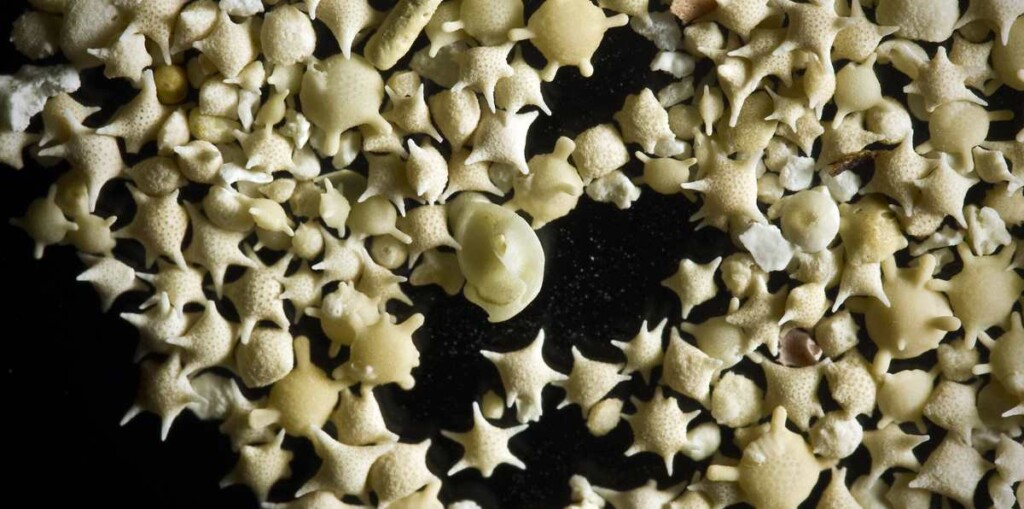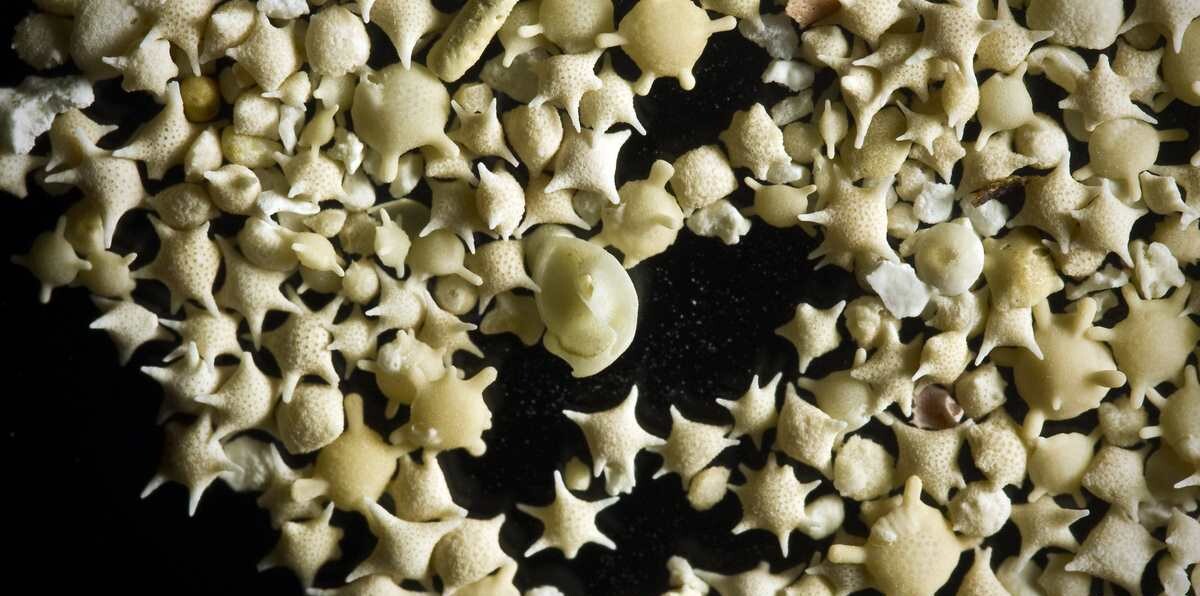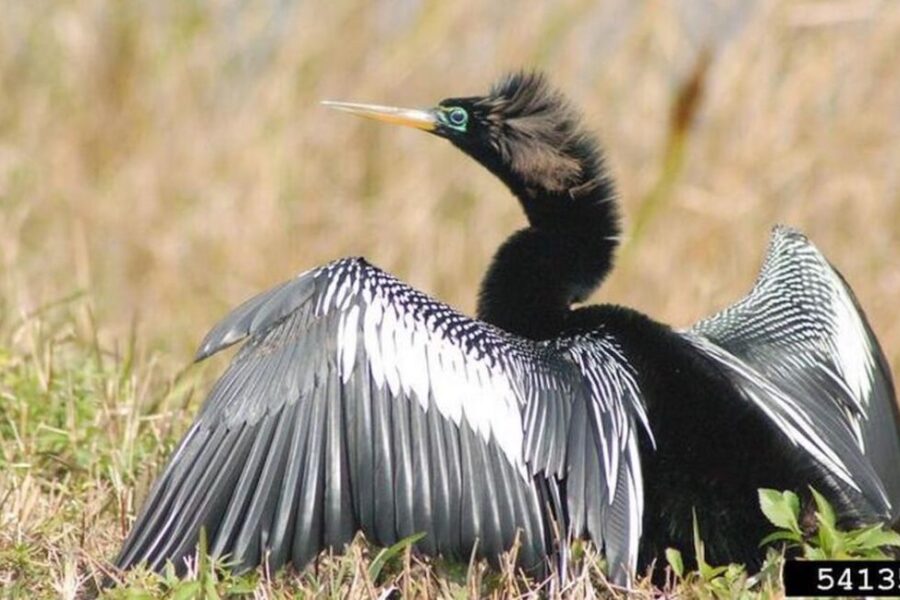Prepare to have your mind blown by the extraordinary wonders of nature. Picture this: you’re strolling along one of the picturesque beaches of the Ryukyu Islands in Japan, like Okinawa. You reach down and pick up a seemingly ordinary grain of sand, but when you examine it under a magnifying glass, you discover it’s not just any sand. It’s star-shaped sand!
Yes, you read that right! Japan is home to some of the world’s highest concentrations of star sand beaches. Unlike regular sand, which is composed of ground stone and coral reduced to grains over many years, star sand was once a living organism.

credit – Mouser Williams CC 2.0., Flickr
“Star sand is an empty shell of unicellular microorganisms called Foraminifera,” Kazuhiko Fujita, a professor at the University of the Ryukyus, told National Geographic. “It looks like a star in a cartoon… It has a rounded body with five or more spines like a sea star.”
These microorganisms live under the sea on the crests of reefs, or on the flat sandy plains on the side of the reef that’s sheltered from the current and waves. Islands like Taketomi, Hatoma, and Iriomote are made up of the skeletons of these tiny creatures.
But wait, there’s more! These star sand Foraminifera have a companion microorganism living inside them – a diatom. Diatoms are microscopic algal cells that convert light into carbohydrates and oxygen through photosynthesis.
The presence of the diatom inside the star sand accounts for why the skeleton of the Foraminifera forms a star shape. The asymmetrical points of the star allow light to penetrate, reaching the diatoms which convert it into energy to feed both organisms. As they pass away, their skeletons wash up on beaches, creating an awe-inspiring sight.
“As their population grows, the number of those skeletons grows, so the sand itself grows,” Mark Wilson, an invertebrate paleontologist at the College of Wooster in Ohio, tells Nat Geo. This could mean “they may play some role in protecting these little islands, essentially adding material to the shores of the island.”
Isn’t that simply extraordinary? The magic of nature never ceases to amaze me. SHARE this incredible natural phenomenon on social media and spread the wonder!
Source: Good News Network






Leave a Comment